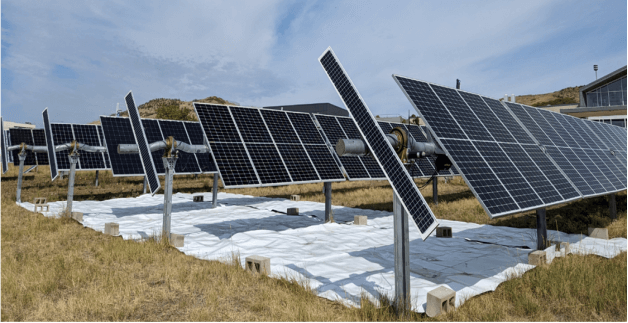
Researchers at the University of Ottawa have found a method to optimize the effectiveness of solar panels.
The study, which was published in Progress in Photovoltaics journal, shows how incorporating artificial ground reflectors enhances solar panels.
By adding reflectors in solar setups, they can improve the system’s energy production and efficiency, while making such projects more economically viable.
This is especially significant in Canada, where snow cover persists for three-to-four months of the year in major cities — including Ottawa and Toronto — and roughly 65 per cent of Canada’s landmass is covered by snow for over half of the year.
Researchers released a paper on May 7, reflecting the research behind this finding.
“This research is crucial for maximizing solar energy production in geographically diverse locations,” Mandy Lewis, the paper’s lead author, said. “By generating more power per unit of land area, reflectors are ideal for densely populated areas, like city centres, where space limitations exist for solar installations.”
In collaboration with the National Renewable Energy Laboratory, the University of Ottawa’sSUNLAB studied how reflective ground covers affect solar energy output.
The study, conducted in Golden, Colorado by electrical engineering doctoral candidate Mandy Lewis, found that placing reflective surfaces under solar panels can increase their energy output by up to 4.5 per cent.
“We found that highly reflective white surfaces can boost solar power output,” said Lewis. “Critically, these reflectors should be placed directly under the solar panels, not between rows, to maximize this benefit.”
According to UOttawa researchers, implementing the findings of this study will contribute to the global transition to zero-emission power sources — particularly for Canada and other countries that are often cloudy. Power gains of six per cent were seen in cloudy Seattle compared with 2.6 per cent in arid Tucson.